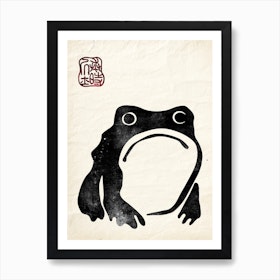- 25% Off All Wall Art
- Ends in 13m
Japanese Art Prints and Posters
Japanese art incorporating story, myth and beautiful illustrations
All Japanese Art Prints and Posters
From $43$32
From $43$32
From $18$13
From $20$15
From $20$15
From $20$15
From $22$16
From $22$16
From $20$15
From $22$16
From $53$40
From $20$15
From $48$36
From $24$18
From $20$15
From $22$16
From $20$15
From $27$20
From $20$15
From $21$16
From $20$15
From $20$15
From $22$16
From $20$15
From $20$15
From $22$16
From $20$15
From $22$16
From $20$15
From $20$15
From $20$15
From $20$15
From $22$16
From $48$36
From $26$19
From $48$36
From $22$16
From $22$16
From $20$15
From $20$15
From $20$15
From $22$16
From $20$15
From $20$15
From $22$16
From $22$16
From $20$15
From $20$15
From $20$15
Looking for something different?
Frequently asked questions




































































































 Illustration
Illustration Contemporary
Contemporary Modern
Modern Bohemian
Bohemian Drawing
Drawing Traditional
Traditional Pattern
Pattern Blue Abstract
Blue Abstract Retro
Retro Matisse
Matisse Watercolour
Watercolour Photography
Photography Abstract
Abstract Vintage
Vintage Surreal
Surreal Minimalist
Minimalist Rustic
Rustic Scandinavian
Scandinavian